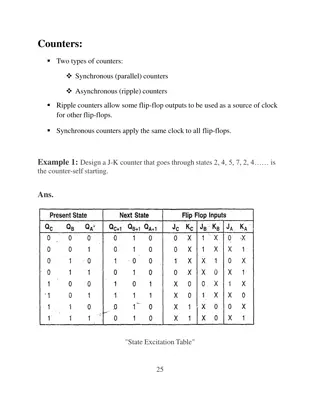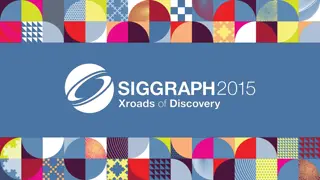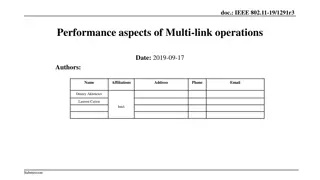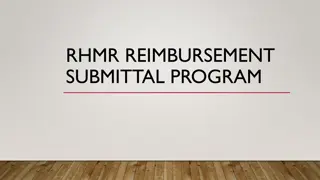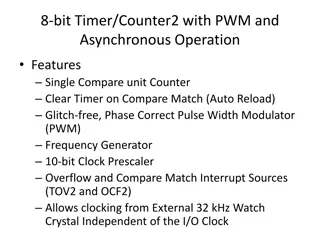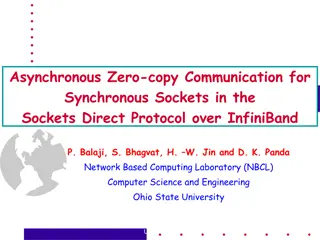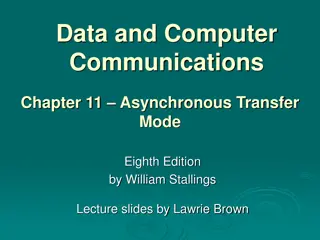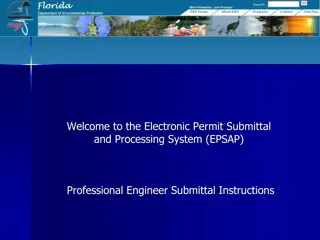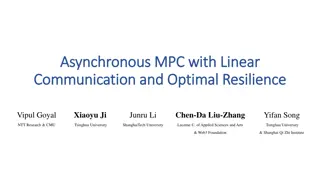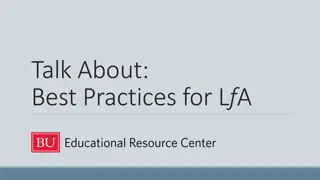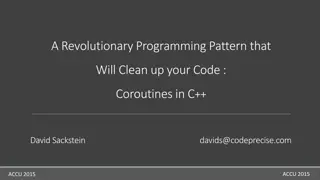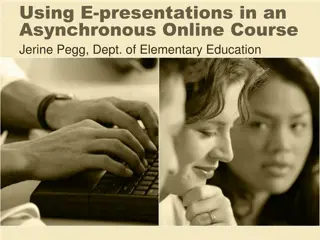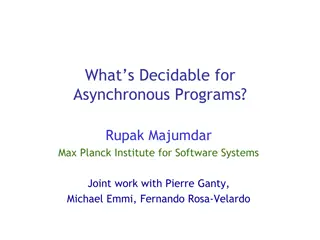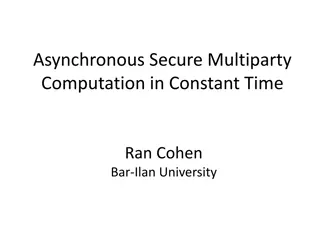
Developing NCLBGC General Contractor Continuing Education Asynchronous Courses
Learn the essential steps for developing and submitting asynchronous courses for NCLBGC General Contractor Continuing Education. Understand the course approval process, common errors to avoid, and important points regarding course packets. Ensure compliance with CE-related statutes and rules. Get started on creating engaging and interactive courses today.
Download Presentation

Please find below an Image/Link to download the presentation.
The content on the website is provided AS IS for your information and personal use only. It may not be sold, licensed, or shared on other websites without obtaining consent from the author. If you encounter any issues during the download, it is possible that the publisher has removed the file from their server.
You are allowed to download the files provided on this website for personal or commercial use, subject to the condition that they are used lawfully. All files are the property of their respective owners.
The content on the website is provided AS IS for your information and personal use only. It may not be sold, licensed, or shared on other websites without obtaining consent from the author.
E N D
Presentation Transcript
NCLBGC General Contractor Continuing Education Asynchronous Course Development and Submittal
Submitting Asynchronous Courses Disclaimer Information Please note: The information contained herein is not all-encompassing. Those providers wishing to submit asynchronous courses should read all CE-related statutes and rules found on the Board s website at: https://www.nclbgc.org/laws-regulations/
Submitting Asynchronous Courses Basic Steps Basic Steps for Developing an Asynchronous Course: First, thoroughly read the Checklist and the Review Criterion found in the Course Approval Application Packet. Seek clarity from the Education Department for any part for which you have questions. Read through the application itself. Plan your course to be 2 hours in length or 4 hours in length. Develop an overarching goal for the course and learning objectives for each module, and ensure they will be visible to the student. Form a detailed timed outline to match your course content and flow, including topics, sub-topics, knowledge checks, and summative quiz, with total time allotted for each. Plan for some interactivity at least every 15 minutes if including passive delivery of content (watching videos or reading text). Also, include student opportunity to engage or interact with the content to further explore content by clicking, dragging, scrolling or swiping on screen.
Submitting Asynchronous Courses The Course Packet Important Points about the Course Approval Application Packet: The first several pages of the Course Approval Application Packet covers the application process, an overview of course development guidelines for all currently approved course delivery formats, the review criteria for which the course will be assessed, and a sample timed outline. Only the 6-page application (found at the end of the packet) should be submitted, along with course materials, to education@nclbgc.org. Each course must be submitted on a separate application, and all required supplemental curriculum materials for each course should be included with the application. Each course application, with supporting curriculum materials, should be submitted in separate emails. A detailed timed outline must accompany each application. A sample can be found in the Course Application Packet. There is a non-refundable course review fee of $25 per credit hour due at the time the course review for approval is requested. In addition, if a course is approved, you will be required to pay a student fee of $4 per credit hour per student to NCLBGC when electronically reporting a qualifier s earned continuing education credits.
Submitting Asynchronous Courses Common Errors Considerations When Completing the Application: in the course. Product names must be obscured or removed. Make sure there are no references to, or branding for, specific products, services or markets found anywhere of the course. This should include the course link and the log-in credentials for 5 unique, but generic, accounts for the reviewers. Do not use the body of an email to provide this information. Include a separate document that includes clear instructions for accessing both the gated and ungated version The following must be able to be verified in the review process: Your message to the student about having 30 days to complete the course. Your message to the student that courses cannot be purchased, started or completed after November 30th and during December. Your explanation to the student & instructions on how to search/confirm Qualifier ID and Qualifier Name on file w/NCLBGC. A clear explanation of all technical system requirements for accessing the course. A visible and clear support email and phone number for students who encounter issues. Access to the Certificate of Completion ***If any of these items are found outside the course link itself, such as on your website or in messaging sent to the student through email, then you must submit a separate document with URLs for your website, or sample email and accompanying language, that clearly explains to reviewers where and how this information is provided to the student. Do not use the body of an email to provide this information.
Submitting Asynchronous Courses Submitting the Application Email the following to education@nclbgc.org: Application Timed outline Document that includes Log-in Credentials and Course Access Instructions Document that includes explanation and any other URLs for finding information not found directly in the course Document of all knowledge check and summative quiz questions and answers
Submitting Asynchronous Courses Course Review and Approval Process Upon Receipt by the Education Department at NCLBGC: NCLBGC Education staff will contact you to collect the course review fee. The Application first receives an administrative review by NCLBGC Education Department staff. Once application appears complete, and all supporting documentation received, the course must go through a technical compliance review to ensure minimum guidelines for e-Learning courses have been met. If the course meets technical review requirements, the course will then be sent to the Board s Review Committee for a content review. The course must receive both technical and content approval in order to be sent to the larger Board for final approval. Any e-Learning course approved in 2021 is conditional and will require another full review for 2022. The course must meet all expanded e-Learning course development guidelines described on pages 8-37 of the Course Approval Application Packet in order to meet 2022 approval. Once the Board approves the application, the Education Department will issue a Course ID number and will send the CE Coordinator a formal approval letter via email. Average review time is 3-4 weeks total.
Submitting Asynchronous Courses Questions The Course Approval Application Packet has detailed descriptions of all information reviewed in this presentation. The Application and CE-Related Rules can be found at: https://nclbgc.org/continuing-education/for-providers/ If you still have questions after reading through the information on our website, feel free to contact us at Education@nclbgc.org or call us at (919)571- 4183 ex. 107

